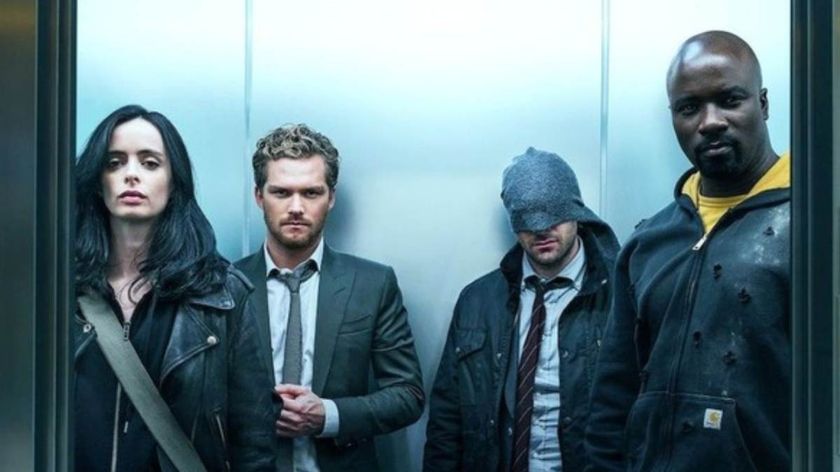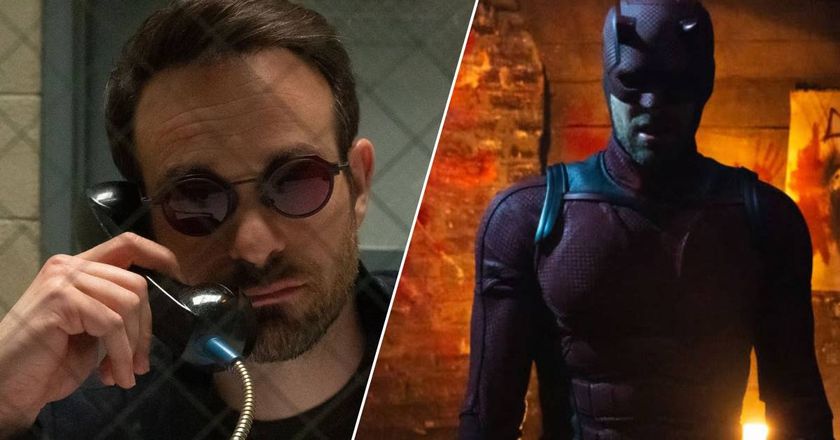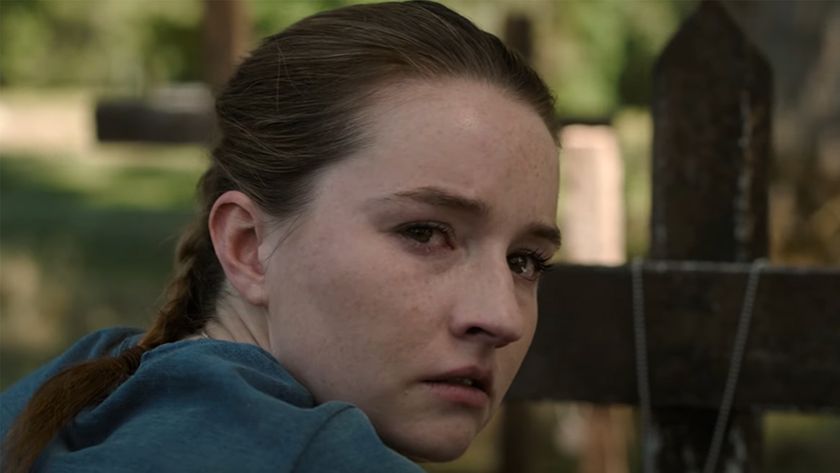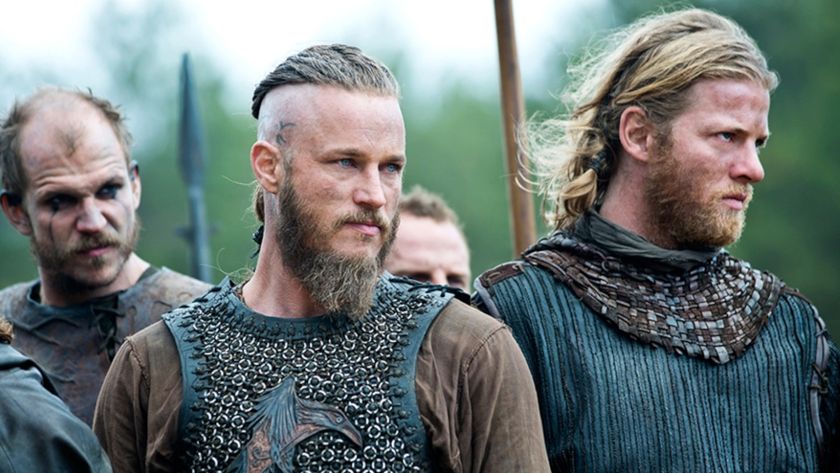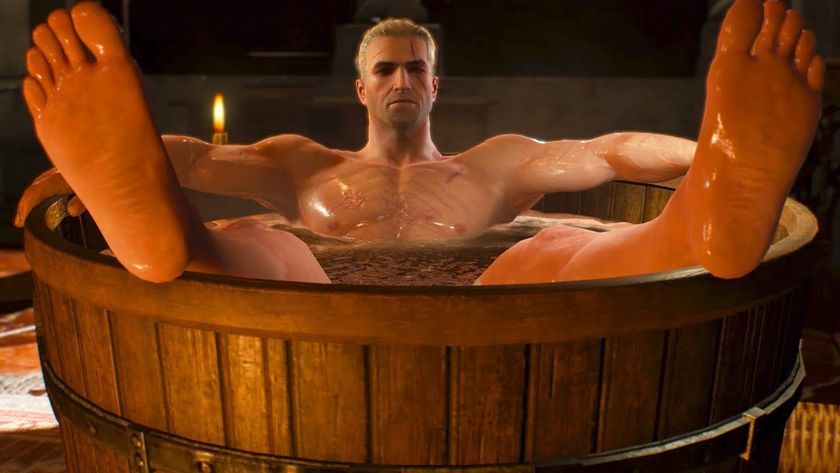BLOG Comics' Most Controversial Hero Replacements
None
In the light of the revelations about Marvel’s new alter ego for Spider-Man, SFX blogger Matt Risley looks at some other superheroes who have changed characters to fans’ alarm
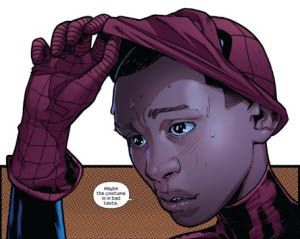
Ultimate Spider-Man is no more. Or at least, not quite as we know him.
And yet while the 616 Universe (in non-nerd, read “normal version”) Spidey has, over the years, grown extra arms, been replaced by a clone (or seven), made a pact with the Devil, revealed his identity to the world, and – most criminally of all – made some decidedly dodgy costume choices over the years, there’s been quite the befuddlement/uproar over the Ultimate Universe’s decision to properly, actually, definitely kill off young Peter Parker and replace him with the half-Hispanic, half-black teen, Miles Morales.
But while fans and the right-wing get their webbed under-roonies in a twist, let’s not forget that he’s not the first big name hero to be replaced with an unknown – and, if comic-dom’s track record is anything to go by, an inevitable Parker resurrection isn’t out of the question either, no matter how vehemently Marvel want to bang the PR drum.
So for those struggling to cope with a Parker-less universe, take solace in these other big name knock-offs – he’s not the first, and he certainly won’t be the last.
.
.
Sign up to the SFX Newsletter
Get sneak previews, exclusive competitions and details of special events each month!
Despite his gadgety goodness and (worryingly) spandexed tween sidekicks, Batman’s true universal appeal is that he can dole out all kinds of vicious vigilantism and yet never resort to murder, no matter how twisted his opponents.
DC’s decision to cripple Bruce Wayne at the hands of the steroided supervillain Bane, and replace him with the mentally unhinged, kill-happy Jean Paul Valley was in direct result to two things: the headline-grabbing, geek-baiting and gabillion selling “Death of Superman” storyline, and DC’s attempts to appeal to the “yoof” of the day, who were spending their dollars on gritty and ruthless anti-heroes at the time, such as The Terminator.
Backlash? Aside from the shock of the swapsies, fans went along for the ride. It probably helped that, what with Azrael being more than a little mental, they presumed it wouldn’t last for long. They were right.
Gender/Sexuality/Ethnicity Reassignment? While his mulleto hair alone is questionably applicable to all three, the main visual difference is his blondness and penchant for craziness.
How Long Did They Last? While the “they could only have named that in the ’90s” Knightfall / Knightquest / Knightsend trilogy went on for almost two years, Jean Paul only wore the body armoured cape for a year.
.
.
He may have made his first relatively incongruous appearance in 1975 as the first successful clone of Peter Parker, but good ol’ Ben Reilly returned with a vengeance in the mid ’90s, after Marvel management demanded a story controversial enough to rival Superman’s death and Batman’s broken back.
After being defeated in battle with the “real” Peter Parker during his initial debut, his presumed dead body was dropped in a smokestack, only to return 20 years later in the oft maligned/post traumatically repressed “The Clone Saga” which claimed that there had been a bit of a soap opera-ry snaffu with the test results and Ben was the real Parker all along.
Backlash? Just a bit. Fans went more than a little loopy, with a poorly-explained, over convoluted clone plot that spiralled well out of control with no real guiding hand on the creative rudder (Spider-Man editor Mark Bernardo said, “the length of the story arc was initially planned to be short, but rapidly spun out of control and ended as a fiasco”).
Gender/Sexuality/Ethnicity Reassignment? Nah: like-for-like in every sense, only now with added Vagabond Backstory.
How Long Did They Last? Two whole years, before eventually succumbing to the Green Goblin in 1996’s Spider-Man #75, sacrificing himself in the belief he was the real Spidey, despite his crumbling clone-dusty death proving otherwise.
.
.
It’s a testament to Ed Brubaker’s epically-plotted and tightly-scripted Captain America saga that not only did he manage to bring back the one character deemed “completely unbroughtbackable” by fans and publishers alike, but he managed to rewrite Cap’s wartime sidekick from “Gee Willikers” spunky tween go-getter (read: punchable) into the Ruskies’ Weapon of Mass Awesomeness: brain-washed contract killer the Winter Soldier.
Once Steve Rogers unbrainwashes the bad-ass back to the Light Side, he goes and gets himself shot repeatedly in the chest after giving himself in to SHIELD custody at the close of the Superhero Civil War (oopsy).
Cue an aching legacy to fulfil, and one decidedly edgier replacement who’s guilt-tripped by a beyond-the-grave Rogers to replace him.
Backlash? While the die-hard Marvel naysayers flocked to fanboy forums to decry the decision, most fans were confident and trusting enough to appreciate that Brubaker had a grand masterplan in place. And considering how skilfully he’d ingratiated that once most hackneyed of heroes back into the Cap universe – and made him interesting to match – readers were intrigued to see where Barnes would go next.
Gender/Sexuality/Ethnicity Reassignment? More of a disability reassignment then anything else, with a one-armed Barnes bringing a clobbering robo-fist (not as dirty as it sounds) into play, alongside an edgier, gun-toting combat approach.
How Long Did They Last? A whopping four years all in all. While Rogers himself was resurrected in January 2010 (after being offed in March 2007), it was only Marvel’s current mega-event “Fear Itself” that wrote Barnes out (murdered at the hands of the Red Skull – again) and allowed Rogers to pick up the shield once more.
.
.
Comics, as a medium, allows for the odd moment of lunacy.
“The Crossing”, however, was as misjudged and bizarre as plotlines come, with a dodgy retcon arguing that Tony Stark had been a sleeper agent of grand megavillain Immortus for years. With Tony off the rails and blasting heroes left, right and centre, the Avengers travelled to an alternate reality to recruit a teenage version of everyone’s favourite wise-cracking man-robot.
Leapfrogging over the immeasurable plot and logic holes (why a teenage version? If time-travel’s involved, how about a souped-up uber-powerful future version?), the crazed adult Stark is brought to his senses by confronting his younger version, and sacrifices himself to save the world.
Which left our world open to a hormonal superbrat, devoid of all the character tropes fans knew and loved about the supermodel boffing, martini chugging techno-trooper.
Backlash? There was more bewilderment at the replacement than anything else, although considerable fan ire at the suggestion that Tony had been a brainwashed bad guy for years on end.
Gender/Sexuality/Ethnicity Reassignment? Nah, just a puberty reassignment.
How Long Did They Last? Thankfully, not too long. The arrival of another creative brainfart, Onslaught, summarily slaughtered all the non-Mutant Marvel heroes, before rebirthing them in the “Heroes Reborn” universe. Once that experiment similarly imploded, they were all thrust back into the normal Marvel Universe, with one handy side effect being that the teen Stark had merged with the original Stark after being resurrected by Franklin Richards.
And yes, it was exactly as enjoyable and digestible as that explanation sounds.

Dave is a TV and film journalist who specializes in the science fiction and fantasy genres. He's written books about film posters and post-apocalypses, alongside writing for SFX Magazine for many years.
